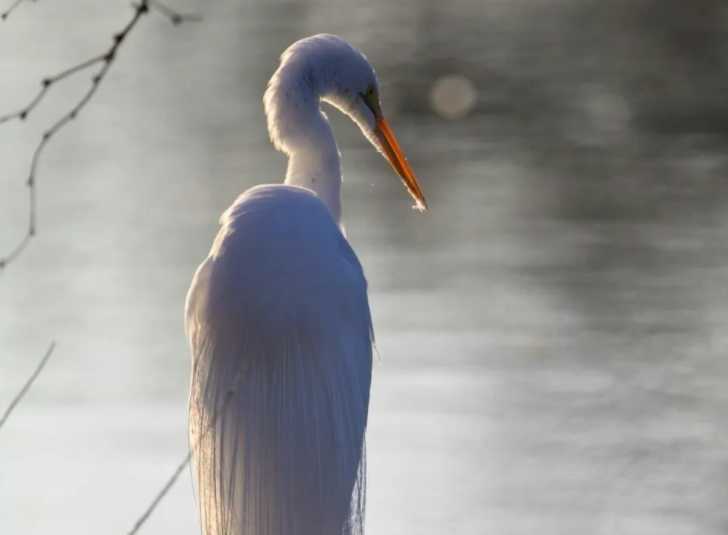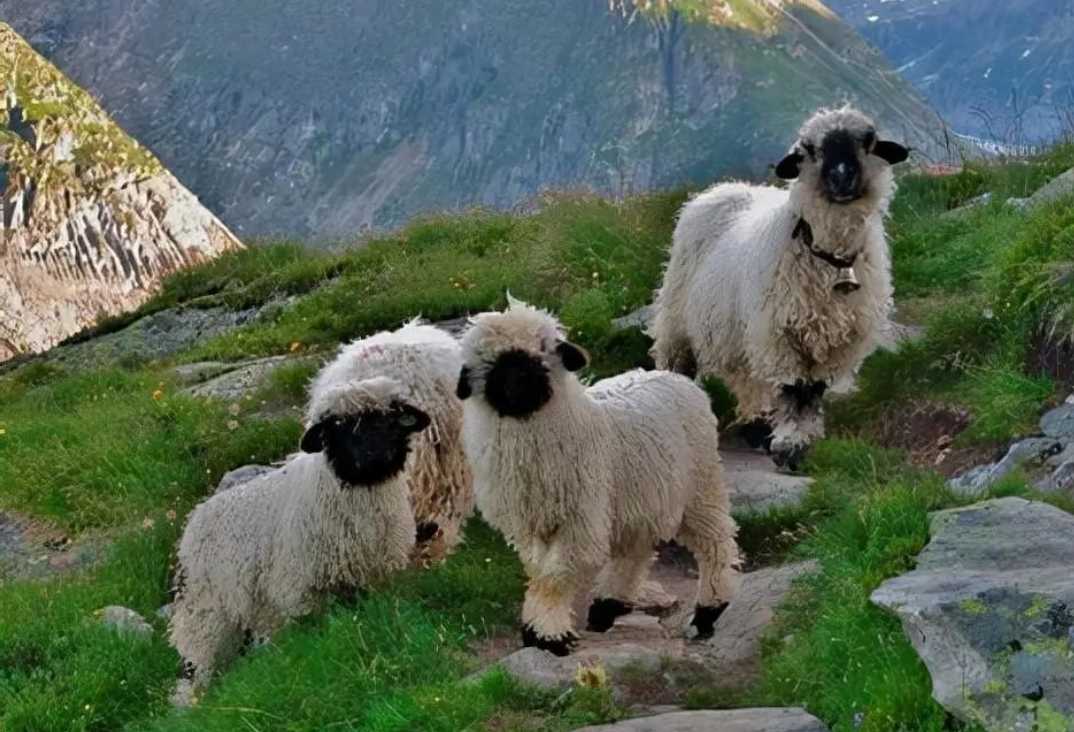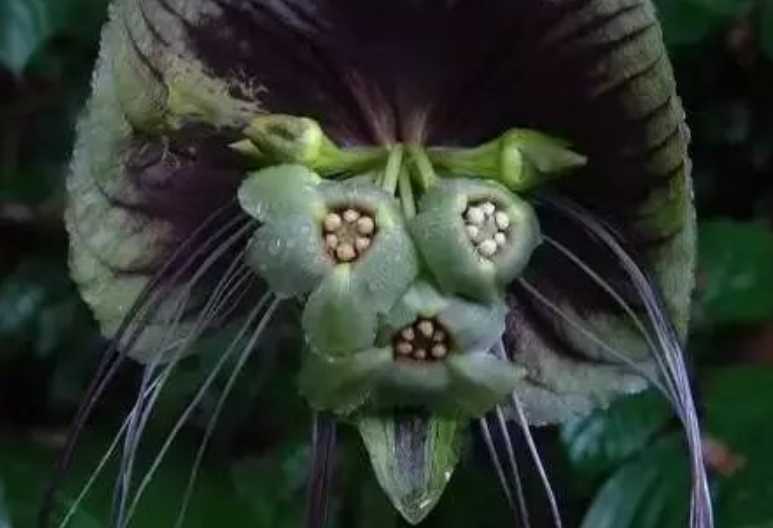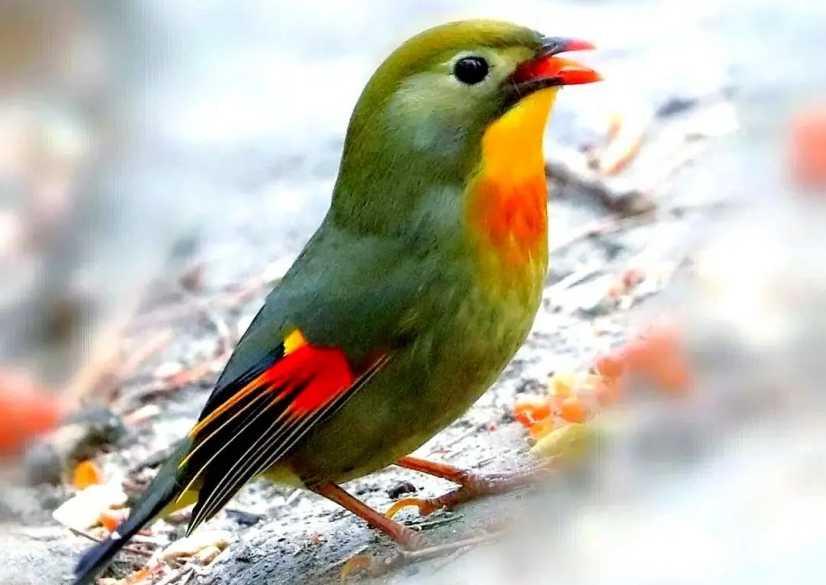The Enchanting Audubon's Warbler: A Western North American WonderThe Audubon's Warbler (Setophaga auduboni) is a captivating small bird that has long intrigued birdwatchers across Western North America. Once considered a distinct species, it's now classified as a subspecies of the Yellow - Rumped Warbler due to hybridization findings.
June 5, 2025, 4:58 pm EDT









